
Kód: 43830410
Anhedonia: Preclinical, Translational, and Clinical Integration
Autor Diego A. Pizzagalli
Anhedonia is a key symptom (and often risk factor) for various neuropsychiatric disorders, including depression, schizophrenia, substance use disorders, post-traumatic stress disorders, and Parkinson's Disease, among others. Acros ... celý popis
- Jazyk:
 Angličtina
Angličtina - Vazba: Brožovaná
- Počet stran: 535
Nakladatelství: Springer, Berlin, 2023
- Více informací o knize

6578 Kč

Skladem u dodavatele v malém množství
Odesíláme za 10-15 dnů
Potřebujete více kusů?Máte-li zájem o více kusů, prověřte, prosím, nejprve dostupnost titulu na naši zákaznické podpoře.
Přidat mezi přání
Mohlo by se vám také líbit
Dárkový poukaz: Radost zaručena
- Darujte poukaz v libovolné hodnotě a my se postaráme o zbytek.
- Poukaz se vztahuje na celou naši nabídku.
- Elektronický poukaz vytisknete z e-mailu a můžete ihned darovat.
- Platnost poukazu je 12 měsíců od data vystavení.
Více informací o knize Anhedonia: Preclinical, Translational, and Clinical Integration
Nákupem získáte 658 bodů
 Anotace knihy
Anotace knihy
Anhedonia is a key symptom (and often risk factor) for various neuropsychiatric disorders, including depression, schizophrenia, substance use disorders, post-traumatic stress disorders, and Parkinson's Disease, among others. Across disorders, anhedonia has been associated with worse disease course, including poor response to pharmacological, psychological and neurostimulation treatments as well as completed suicide. Mounting evidence emerging from preclinical and translational sciences has clarified that "anhedonia" can be parsed into partially independent subcomponents, including incentive motivation, consummatory pleasure, reward learning, and effort-based decision making, pointing to distinct neurobiological substrates that could underlie anhedonic phenotypes. Taking an integrative approach that emphasizes cross-species integration and dimensional conceptualization of mental illnesses (e.g., Research Domain Criteria (RDoC)), this book represents the most comprehensive evaluation, synthesis and integration of theories and empirical findings focused on anhedonia.Organized across five parts, the handbook starts with chapters on the history, etiology, and assessments of anhedonia (Part I), followed by a section on the role of anhedonia in psychiatric and neurological disorders (Part II). Using the RDoC Matrix as a guide, Part III presents chapters synthetizing preclinical and clinical findings on different reward processing subdomains (e.g., reward responsiveness, reward valuation, reward learning). Part IV is focused on selected special topics, including historical and current perspectives on the transdiagnostic nature and importance of social anhedonia, the role of inflammation in the pathophysiology of anhedonia, the use of computational modeling to "dissect" anhedonia and improve its understanding, and links between anhedonia and suicide. Finally, Part V includes chapters on pharmacological, psychological and neurostimulation treatments for anhedonia.
 Parametry knihy
Parametry knihy
Zařazení knihy Knihy v angličtině Mathematics & science Biology, life sciences Life sciences: general issues
6578 Kč
- Plný název: Anhedonia: Preclinical, Translational, and Clinical Integration
- Autor: Diego A. Pizzagalli
- Jazyk:
 Angličtina
Angličtina - Vazba: Brožovaná
- Počet stran: 535
- EAN: 9783031096853
- ID: 43830410
- Nakladatelství: Springer, Berlin
- Rozměry: 235 × 155 mm
- Datum vydání: 24. August 2023
Oblíbené z jiného soudku
-

The Molecule of More
395 Kč -

Hidden History of the Human Race
345 Kč -
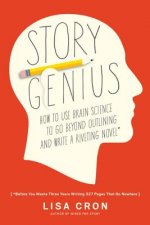
Story Genius
348 Kč -

Sapiens
783 Kč -

Reaching Down the Rabbit Hole
316 Kč -

Ways of Attending
708 Kč -

Homo Deus
691 Kč -

Conscious Mind
531 Kč -

Innovations in Cardio-Oncology
5108 Kč -

Stealing Fire
374 Kč -

Undoing Project
279 Kč -

Sapiens
358 Kč -
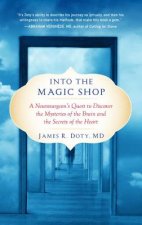
Into the Magic Shop
363 Kč -

Brain
316 Kč -

It Was Snowing Butterflies
90 Kč -

Book of Beautiful Questions
647 Kč -
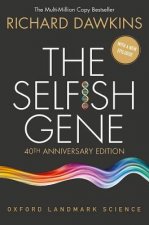
The Selfish Gene
303 Kč -

Power of Habit
315 Kč -

Cosmic Serpent
253 Kč -

Greatest Show on Earth
306 Kč -

The Extended Phenotype
330 Kč -

Speculations on the Evolution of Human Intelligence
227 Kč -

Homo Deus
306 Kč -

Biology of Belief
445 Kč -
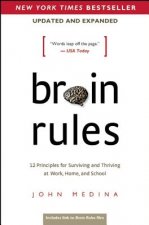
Brain Rules (Updated and Expanded)
325 Kč -

Science of Meditation
306 Kč -

Evolution
675 Kč -

Descartes' Error
357 Kč -

Life on Earth
677 Kč -
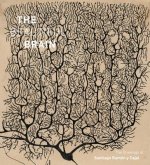
Beautiful Brain
994 Kč -

Head Strong
543 Kč -
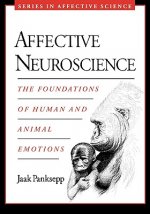
Affective Neuroscience
2070 Kč -
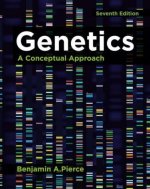
Genetics
2442 Kč -

Kew Tropical Plant Identification Handbook, The
543 Kč -

The Storytelling Animal
366 Kč -

Brain's Way of Healing
303 Kč -

On the Origin of Species
249 Kč -

Ancestor's Tale
420 Kč -

Incognito
419 Kč -

Incredible Unlikeliness of Being
357 Kč -

Plant Ecology
1854 Kč -

Touch
303 Kč -

New Executive Brain
540 Kč -

Masters of the Planet
392 Kč -

Future Humans
695 Kč -

Secrets of the Skeleton
592 Kč -

Once We All Had Gills
1109 Kč -

Zooarchaeology and Modern Human Origins
2866 Kč -

Tree of Life
1226 Kč
Osobní odběr Praha, Brno a 12903 dalších
Copyright ©2008-24 nejlevnejsi-knihy.cz Všechna práva vyhrazenaSoukromíCookies


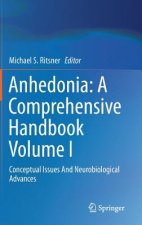
 Vrácení do měsíce
Vrácení do měsíce 571 999 099 (8-15.30h)
571 999 099 (8-15.30h)